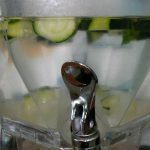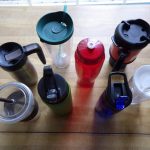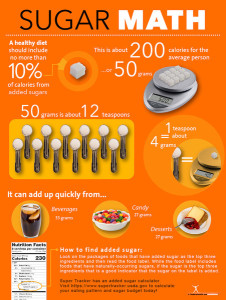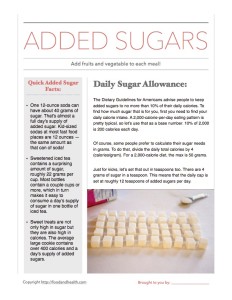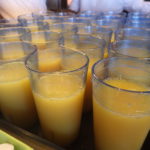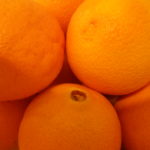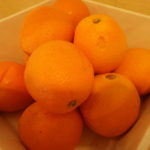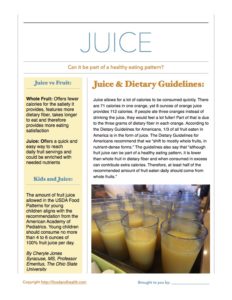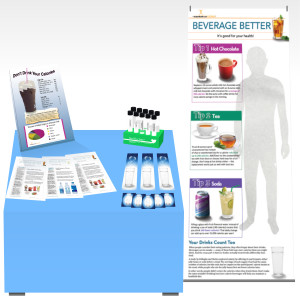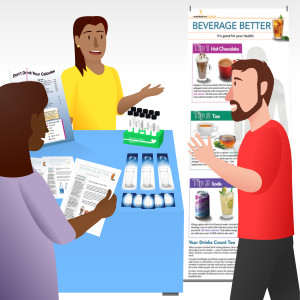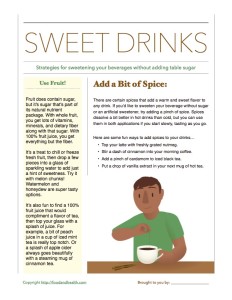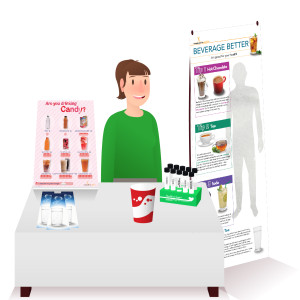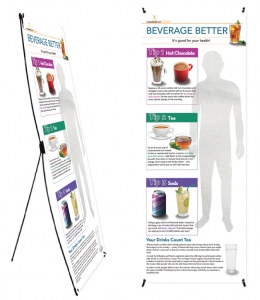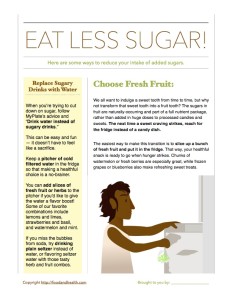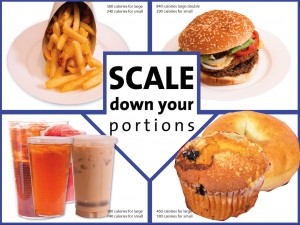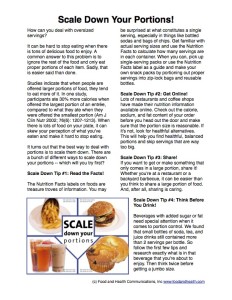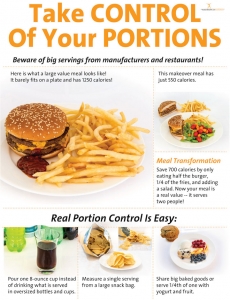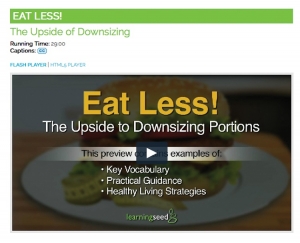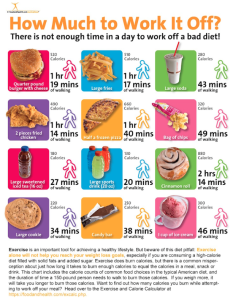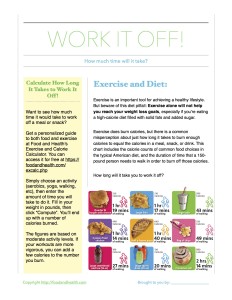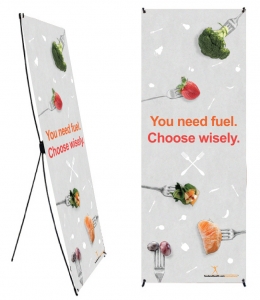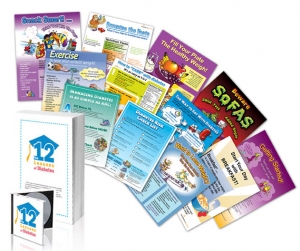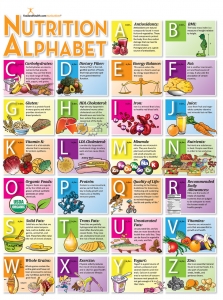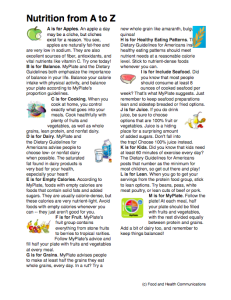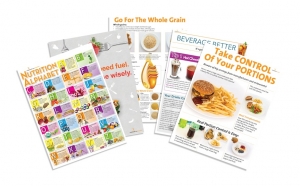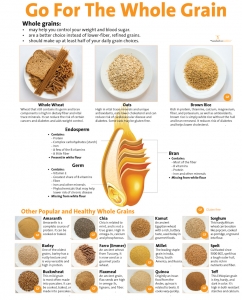We’re seeing them everywhere these days from cafeterias, hotel lobbies to gyms. What am I talking about? Infused water containers. You know those large water containers with ice and other added ingredients such as fruits, vegetables or herbs. I’ve seen many varieties including lemons and limes with the rinds, cucumbers with mint and strawberry basil.
They are all the rage for several good reasons: encouraging hydration, providing a low/no calorie sugar-free beverage, adding ingredients/flavors that may entice people to drink a little more water, reducing waste by encouraging refilling water bottles and saving money by not buying bottled water.
I personally am a little leery to use them…for several food safety reasons. Perhaps, I know too much, but I wonder if the people preparing these containers on a daily basis know or use any food safety practices.
First: Are the containers washed, rinsed and sanitized between uses? I’m a little less concerned when they’re in food service locations…but the one at my gym scares me.
Second: Do they wash and/or scrub the added ingredients? Do the preparers use gloves when chopping and adding these ingredients? This would be “bare hand contact” with ready-to eat foods.
Thirdly: Do the “users” of these containers cross-contaminate the spouts with their refillable bottles? This is especially important if the “mouth” on their already used bottle touches the spout on the large container.
There’s not a lot of real scientific data out there on the safety (or the lack of safety) of these water containers. You’ll need to make your own decision if you feel there is a risk when opting to refill your water bottle. Some key points to consider when evaluating these containers is to make sure they have a lid and there should be ice present to insure the water is kept cold, ideally under 41 degrees F.
If you like the idea of infused water, but would rather make your own to insure the safety, here are a few tips:
- Date the infused water container and refrigerate if you have any leftover.
- Examine the fruits and vegetables in leftover water as they may break down and decompose quickly. Use within 2-3 days.
- Make sure the fruits and vegetables you are using are fresh and free from spoilage or bruises.
- Wash and scrub these products as you would any fruit or vegetable you are eating.
- Some recipes for infused water call for allowing the water and additional ingredients to “infuse” for 1-2 hours at room temperature. I think this is just asking for trouble. Infused waters should be kept in the refrigerator or iced down, check the ice frequently to keep the temperature of the water at 41 degrees or below. Proper refrigeration will make your infused water more refreshing and safer, too!
Here are our favorite flavor ideas, using fruit and herbs or spices together:
- Strawberries and green tea
- Peaches with lemons and mint
- Oranges and cloves
- Fresh cherries and cinnamon
- Limes and cucumbers
- Grapefruit and rosemary
- Blueberries and basil
Infuse the flavors in the refrigerator and then add a swish of sparkling water for a really refreshing treat!
Cheryle Jones Syracuse, MS
Professor Emeritus, The Ohio State University
Related posts:
https://news.nutritioneducationstore.com/germy-water-bottles/
https://news.nutritioneducationstore.com/hydrate-for-health/



